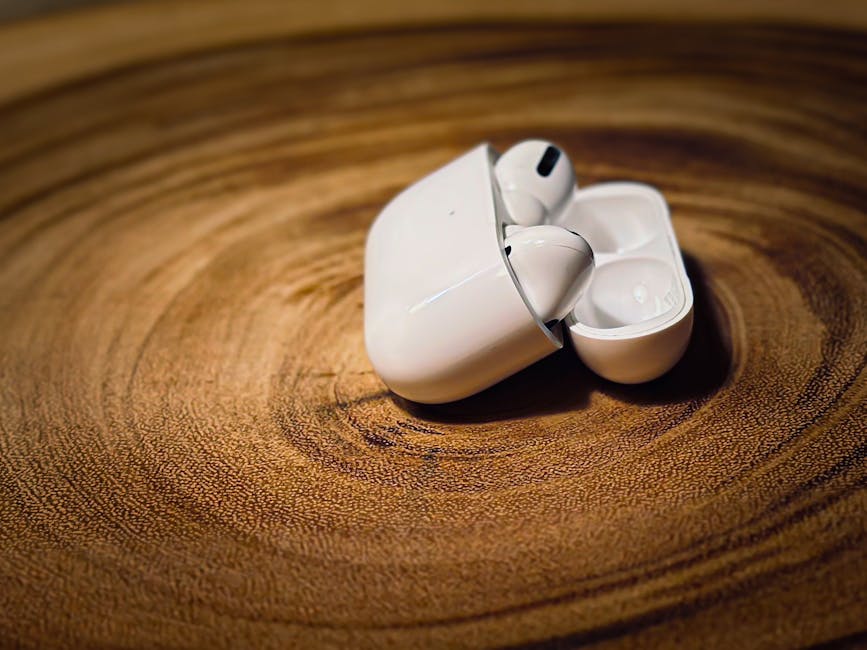
How to Build a Healthy Microbiome From Scratch
How to Build a Healthy Microbiome From Scratch
The human microbiome—the vast community of bacteria, fungi, viruses, and other microorganisms living in and on our bodies—plays a crucial role in our overall health. A balanced microbiome supports digestion, strengthens the immune system, regulates metabolism, and even influences mental health. But what if your microbiome has been disrupted by antibiotics, poor diet, or illness? How can you rebuild a healthy microbiome from scratch?
This comprehensive guide will walk you through the science-backed strategies to cultivate a thriving microbial ecosystem, ensuring long-term health and vitality.
Understanding the Microbiome
Before diving into how to build a healthy microbiome, it’s essential to understand what it is and why it matters. The gut microbiome, in particular, contains trillions of microorganisms that interact with nearly every system in the body. These microbes help:
- Digest food and extract nutrients
- Produce vitamins (like B vitamins and vitamin K)
- Regulate the immune system (70% of immune cells reside in the gut)
- Protect against pathogens by crowding out harmful bacteria
- Influence mood and brain function via the gut-brain axis
When the microbiome is imbalanced (a condition called dysbiosis), it can lead to digestive issues, weakened immunity, inflammation, and even chronic diseases like obesity, diabetes, and autoimmune disorders.
Step 1: Reset Your Gut (If Necessary)
If you’ve recently taken antibiotics, experienced food poisoning, or have long-standing gut issues, your microbiome may need a reset. Here’s how to start fresh:
1. Temporarily Eliminate Harmful Foods
Certain foods feed bad bacteria and promote inflammation. For a short period (1–4 weeks), consider reducing or eliminating:
- Processed sugars (soda, candy, pastries)
- Refined carbohydrates (white bread, pasta, pastries)
- Artificial sweeteners (aspartame, sucralose—they disrupt gut bacteria)
- Industrial seed oils (soybean, canola, corn oil—linked to inflammation)
- Alcohol (disrupts microbial balance)
2. Try a Short-Term Elimination Diet (Optional)
If you suspect food sensitivities (e.g., gluten, dairy, soy), removing them temporarily can help reduce gut inflammation and allow beneficial bacteria to repopulate.
3. Support Detoxification
- Hydrate well (water helps flush toxins)
- Eat fiber-rich foods (helps bind and remove waste)
- Consider gentle detoxifiers like dandelion tea or milk thistle
Step 2: Reintroduce Beneficial Bacteria
Once you’ve cleared out harmful microbes, it’s time to repopulate your gut with good bacteria.
1. Consume Probiotic-Rich Foods
Probiotics are live beneficial bacteria that help restore microbial balance. The best sources include:
-
Fermented foods:
- Yogurt (unsweetened, with live cultures)
- Kefir (a fermented milk drink)
- Sauerkraut (raw, unpasteurized)
- Kimchi (Korean fermented vegetables)
- Miso (fermented soybean paste)
- Tempeh (fermented soy product)
- Kombucha (fermented tea)
- Probiotic supplements (if needed, choose high-quality strains like Lactobacillus and Bifidobacterium)
2. Prebiotics: Feed Your Good Bacteria
Prebiotics are indigestible fibers that nourish probiotics. Include:
- Garlic, onions, leeks (rich in inulin)
- Asparagus, bananas, apples (contain fructooligosaccharides)
- Chicory root, dandelion greens (excellent prebiotic sources)
- Whole grains (oats, barley, quinoa)
- Flaxseeds and chia seeds
Step 3: Diversify Your Diet for Microbial Richness
A diverse microbiome is a resilient microbiome. Research shows that people who eat 30+ different plant-based foods per week have a healthier gut than those who eat fewer than 10.
1. Eat the Rainbow
Different colored fruits and vegetables provide unique polyphenols and fibers that feed various bacterial strains.
- Leafy greens (spinach, kale, arugula)
- Cruciferous veggies (broccoli, cauliflower, Brussels sprouts)
- Berries (blueberries, raspberries, strawberries)
- Root vegetables (sweet potatoes, carrots, beets)
2. Include Resistant Starches
These starches resist digestion and feed beneficial gut bacteria. Sources include:
- Cooked and cooled potatoes or rice (retrograded starch)
- Green bananas (high in resistant starch)
- Legumes (lentils, chickpeas, black beans)
Step 4: Lifestyle Factors That Support a Healthy Microbiome
Diet is crucial, but other lifestyle habits also shape your microbiome.
1. Reduce Stress
Chronic stress alters gut bacteria and increases inflammation. Try:
- Meditation or deep breathing
- Regular exercise (moderate, not excessive)
- Adequate sleep (7–9 hours per night)
2. Avoid Overuse of Antibiotics and Antimicrobials
While antibiotics are sometimes necessary, they wipe out both good and bad bacteria. If you must take them, follow up with probiotics and gut-healing foods.
3. Get Dirty (Safely!)
Exposure to diverse microbes from nature (gardening, hiking, pets) can improve microbial diversity.
Step 5: Monitor and Maintain Your Microbiome
Building a healthy microbiome isn’t a one-time effort—it requires ongoing care.
1. Listen to Your Gut
Pay attention to digestion, energy levels, and mood. If symptoms like bloating, constipation, or fatigue persist, consider working with a healthcare provider.
2. Consider Advanced Testing (Optional)
For those with persistent issues, microbiome testing (like Viome or uBiome) can identify imbalances and guide personalized dietary changes.
3. Stay Consistent
A healthy microbiome thrives on long-term habits, not quick fixes. Stick to a varied, fiber-rich diet, manage stress, and avoid unnecessary antibiotics.
Final Thoughts
Rebuilding a healthy microbiome from scratch takes time and patience, but the benefits—better digestion, stronger immunity, improved mood, and reduced disease risk—are well worth the effort. By following these steps—resetting your gut, reintroducing beneficial bacteria, diversifying your diet, and adopting microbiome-friendly lifestyle habits—you can cultivate a thriving internal ecosystem that supports lifelong health.
Start today, and your gut (and whole body) will thank you!







